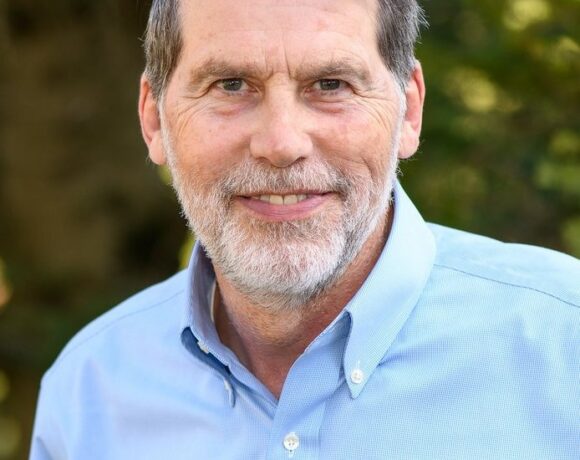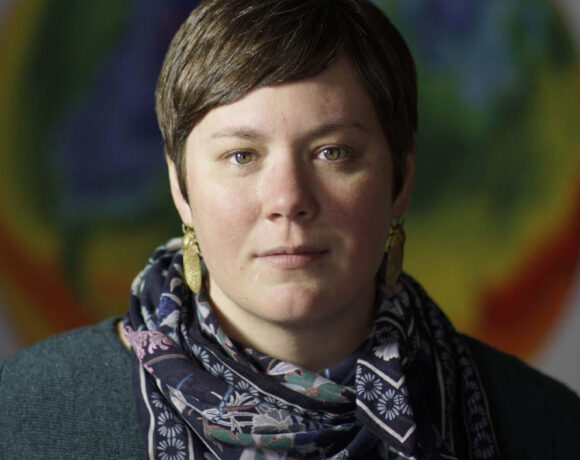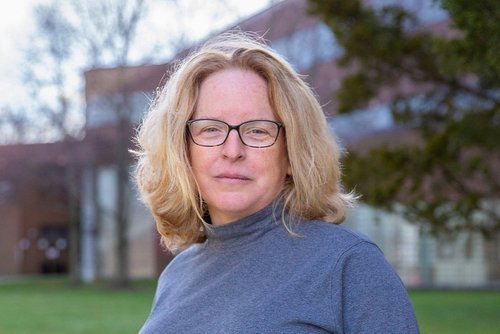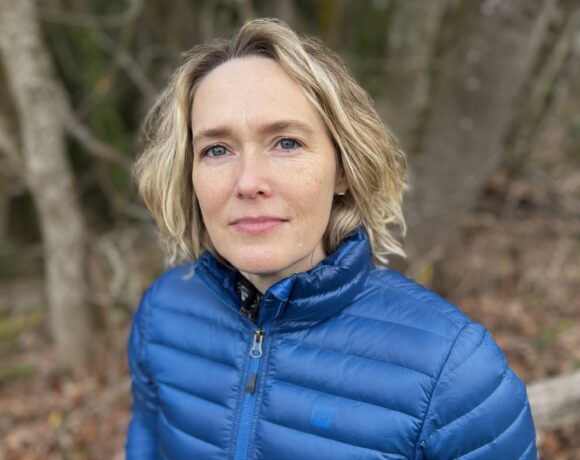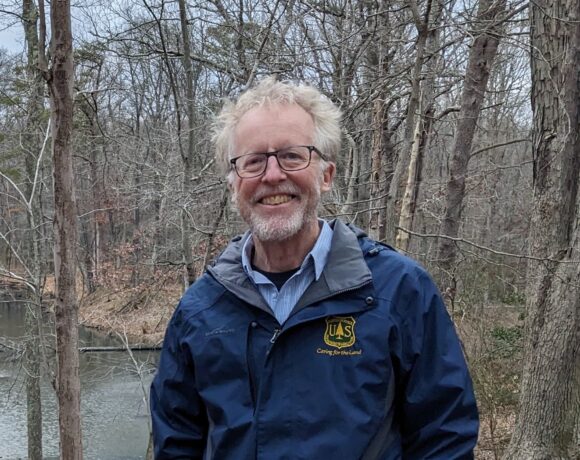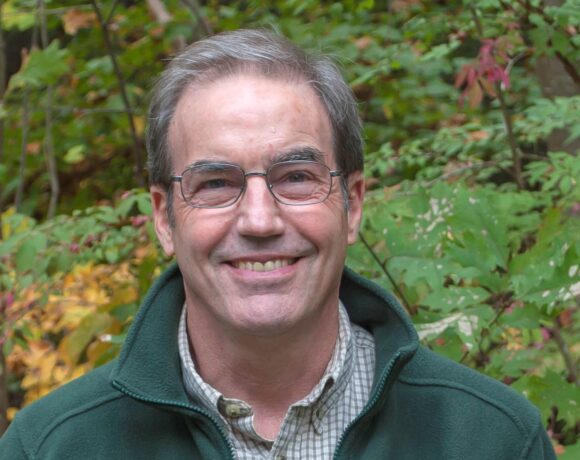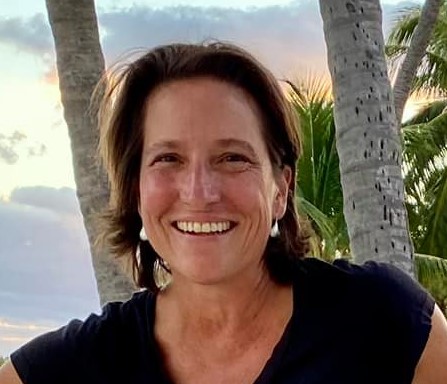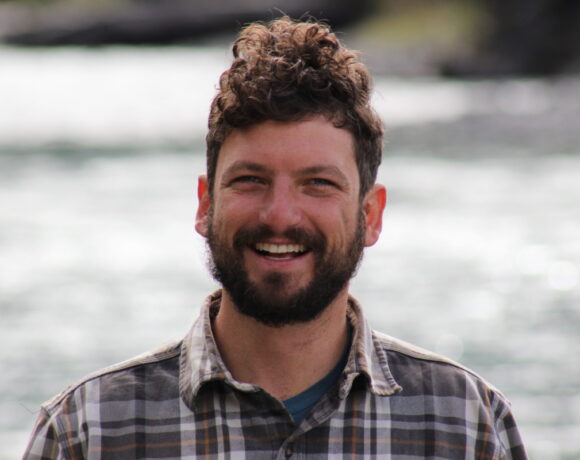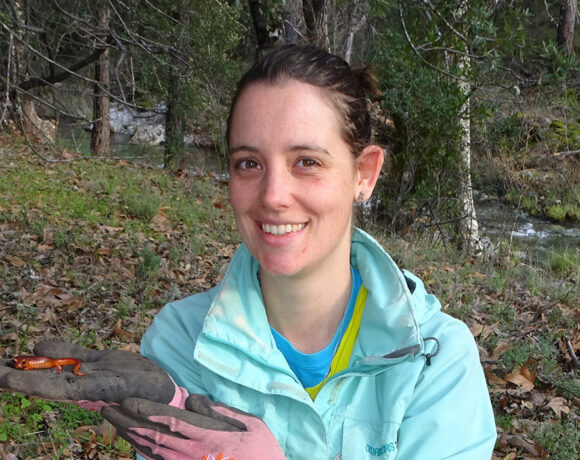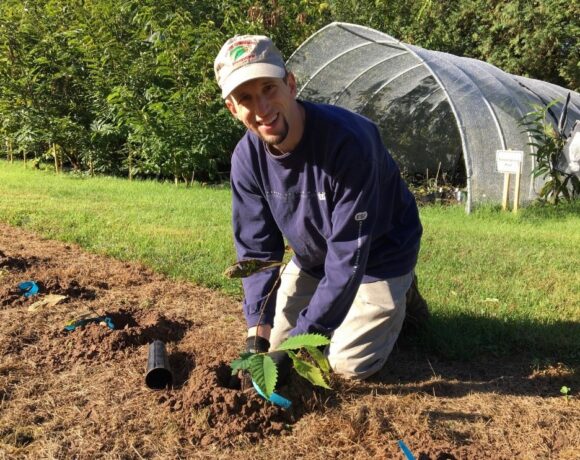Dr. Bethany Bradley originally set her sights on Mars, but landed here on Earth still tackling a challenge of great scale: Climate change and invasive species. As one of the founders of the Northeast RISCC, her research and collaborations help managers plan for a changing future. NYISRI is pleased to feature her in this month’s researcher spotlight:
What kinds of research questions related to invasive species are you currently asking?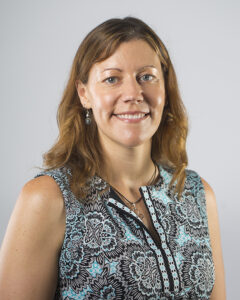
A lot of what we’re working on is really focused on risk assessment, so in the context of climate change, trying to identify what invasive species is coming next and then trying to prioritize among the many species to identify the ones that are likely to be the most harmful. A big chunk of what I’m interested in on the biogeography side of things, which is kind of the core of my research, is understanding the abundance of invasive plants. So essentially trying to build that piece into risk assessments, so we’re not only mapping where a species could exist or expand with climate change, but focusing on where the populations are likely to grow and have greater impacts on ecological communities. We hope to include not only the potential distribution, but the potential for strong populations sizes and strong negative impacts on ecosystems.
What are the basic methods you are using to answer your research questions?
My lab is really into “big data,” so we are gathering a lot of the information that managers from New York and elsewhere are contributing to systems like iMapInvasives in the State of New York, or to EDDMapS in other surrounding states. We have been doing a lot of standardizing and crosswalking of those datasets, so we can understand distribution and abundance of invasive plants spatially. We then analyze those to conduct risk assessments.
Do you have a personal story or path that led to your interest in this research?
I actually went to grad school to study Mars with remote sensing, and then I decided at some point early on that I’d rather be on Earth trying to do something that’s more relevant to folks on Earth. When I was in grad school, I was still doing a lot of remote sensing work, and the first thing we discovered was that we were able to map an invasive species out West, called cheatgrass, with satellite data because it’s an annual, so it has a really unique growth cycle compared to the perennial shrubs where it’s invading. And you can actually detect that long-term pattern from space. So I did not actually start out to study invasive species biogeography, it just sort of fell into my lap serendipitously, but I love it, so it worked out really well.
How does your research relate to a wider field of invasive species prevention/management?
This sort of relates back to my personal history, where I’ve been working on invasive species and climate change for a while, but I kind of came to the point where the basic science questions felt like they were kind of known. There are tons of details missing, but the general things are pretty well-known on what interactions are going to happen between invasive species and climate change. And then about 5 years ago, I met Carrie Brown-Lima and Toni Lyn Morelli, and they said to me that actually nobody knows what’s going on around invasive species and climate change. So there’s this total disconnect between what is known by scientists and what is known by both the public and invasive species managers. That was a lot of the motivation for starting the Northeast Regional Invasive Species and Climate Change (RISCC) management network, because the science was there, it just had not been communicated well. That has led us down this fantastic path of creating a network of invasive species and climate change, and actually having the opportunities to listen to what our network needs and try to do our best to address the science and management needs.
What’s the most important thing about your research for stakeholders, managers, or policy makers to know?
If I could put it in a single word, that single word is “proactive.” And this knowledge that invasive species are coming, and we actually have a lot of the tools to identify what those species are, and to address them before they get here; whether that’s through regulation, through monitoring, or through proactive management and control when they first arrive. I feel like that’s one big thing the RISCC network has been promoting and providing existing tools for;
here are the species to look out for and if we can get ahead of those, we have a potential win, which is rare in invasive species management.
What do you hope the long-term impact of your work will be?
I hope that we will be able to provide the science tools that managers need to help with decision making. A lot of the work that we’re doing is pretty broad scale, so it tends to be more at a regional or state level, and I hope that we continue to engage decision makers at all levels of management to provide the science they need. In terms of what that science is, I’m a biogeographer, so I have a particular lens of expertise, but I just hope that the science continues to evolve and change to meet those needs. We’ve asked ourselves what the RISCC network might look like in 10 years; Can we put ourselves out of business? That would be amazing if we ever get to that point.
Is there anything else you’d like to add or tell us about your work?
The only thing I would add related to RISCC, is that we’ve had so much student participation. It’s worth emphasizing what an immense role the students have had in making RISCC successful. I think because myself, Carrie, and Toni Lyn have been around a while, we get more credit than we deserve. Our leadership team has just been tremendous and I hope people recognize how much work the students have done.
To learn more, visit: www.risccnetwork.org
Read more researcher spotlights:



